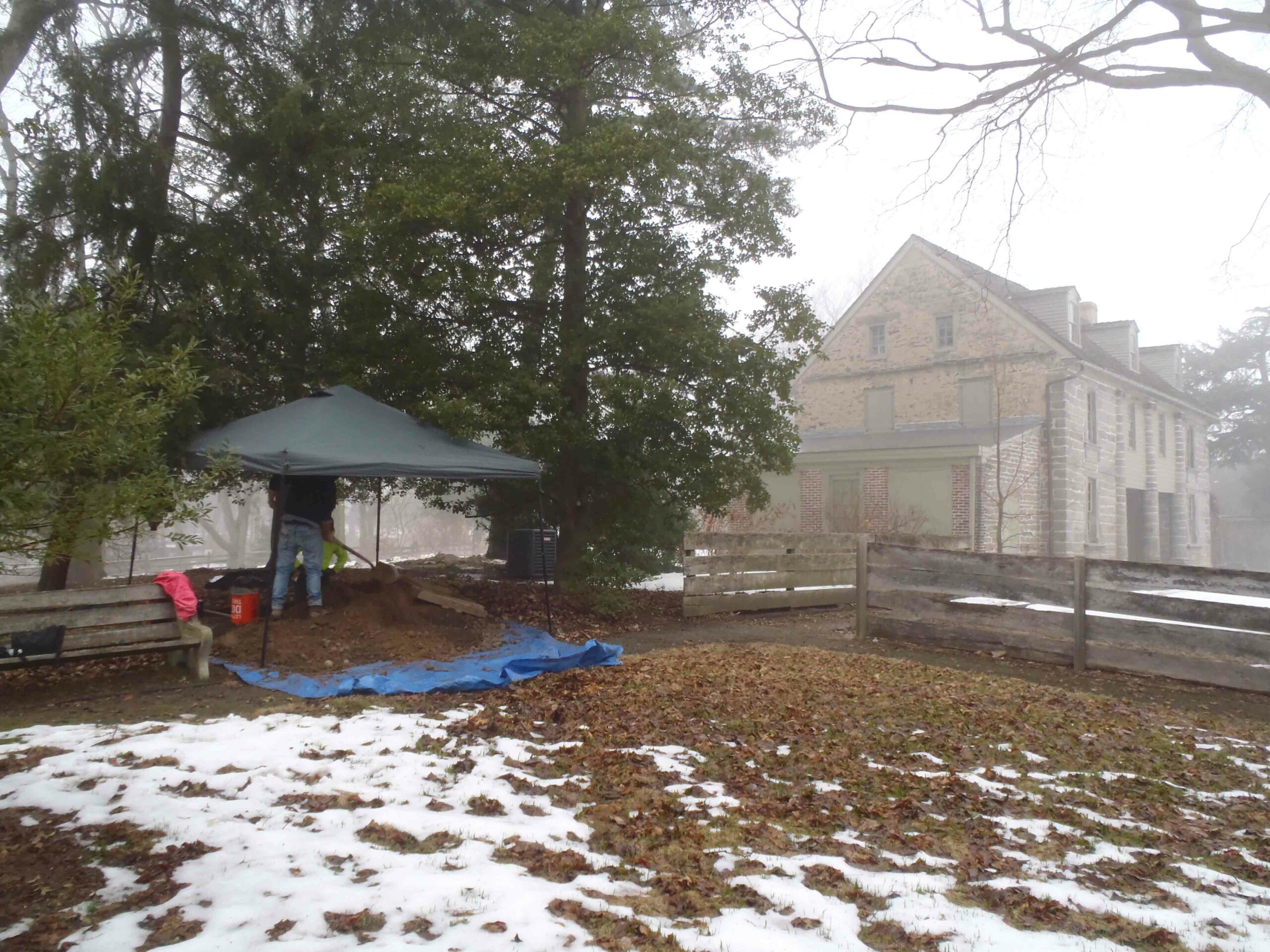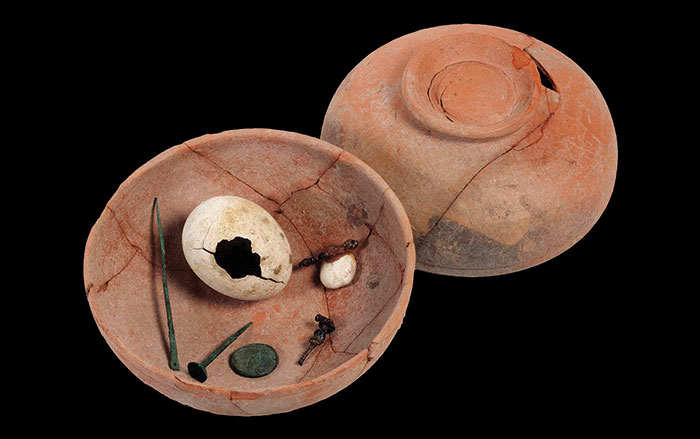
COLUMBIA, SOUTH CAROLINA—Ancient tools collected by Christopher Moore and his colleagues at the Savannah River Archaeological Research Program at the University of South Carolina are being tested for traces of animal blood at the University of Calgary. “It appears that when hunter-gatherers made a tool by flaking, it produced numerous microfractures in the rock. Those microfractures apparently absorb blood protein or blood residue during any kind of butchery or cutting or scraping activity. The cracks in the rocks are like tiny caves that protect the residue from the elements, and it is preserved,” Moore told The Aiken Standard. The samples can then be analyzed using antisera, but the exact species of animal can’t be identified. Tools from the Paleo-Indian period revealed traces of deer, rabbit, cat, and bison, but not mammoths or mastodons. “It would have been really cool to have seen that, so I was a little disappointed. But it’s also interesting that it wasn’t there,” Moore said. Tools from the Early Archaic period yielded similar results, with the addition of doglike mammals. DNA analysis and the study of more tools could produce additional information.










